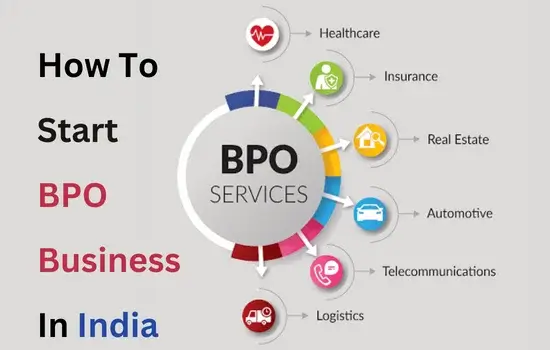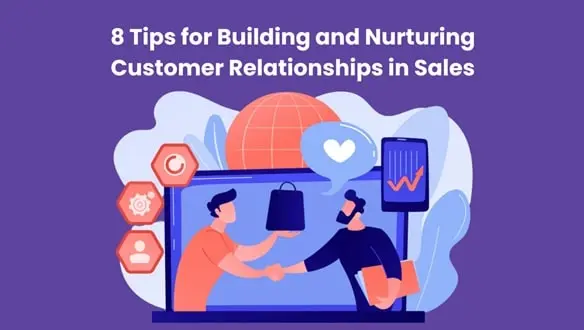Starting a handicraft business in India is like beginning a colorful adventure mixing creativity and business. This guide is here to help you through simple steps. Whether you’re into traditional crafts or modern designs, it breaks things down, from understanding your niche to dealing with legal stuff. You’ll learn to showcase your crafts online, set fair prices, and engage with customers. Imagine it as a journey where your creativity meets business sense in the colorful world of Indian handicrafts. So, let’s make your crafting passion a thriving business!

1. Passion and Inspiration:
Begin with your love for crafting. Identify the type of handicrafts that inspire you. Whether it’s traditional Indian crafts or contemporary designs, choose a niche that aligns with your passion.
2. Market Research:
Get into market research to understand the demand for specific handicrafts. Explore local markets, online platforms, and gather insights on customer preferences and trends.
3. Legal Formalities:
Lay the foundation for your business by completing legal formalities. Register your business, and obtain necessary licenses. Plus, ensure compliance with regulations to operate smoothly.
4. Unique Selling Proposition (USP):
Define your unique selling proposition. What makes your handicrafts stand out? Whether it’s quality, innovation, or a cultural touch, having a distinct USP attracts customers.
5. Sourcing Materials:
Identify reliable sources for raw materials. Establishing partnerships with suppliers ensures a consistent and high-quality supply for your handicraft production.
6. Crafting Space:
Set up a dedicated space for crafting. It could be a room in your home or a small workshop. Organize your tools and materials to streamline the creative process.
7. Create Prototypes:
Develop prototypes of your handicrafts. This allows you to refine your designs, assess production feasibility, and showcase samples to potential customers.
8. Pricing Strategy:
Determine reasonable pricing for your handicrafts. Consider material costs, labor, and market rates to set prices that are competitive yet profitable.
9. Online Presence:
Establish an online presence through a user-friendly website and social media platforms. Showcase your creations with clear images and engage with potential customers.
10. Photography Matters:
Invest in quality photography to showcase your handicrafts. Clear and appealing visuals enhance the perceived value of your products.
11. E-commerce Platforms:
Explore popular e-commerce platforms to reach a wider audience. Platforms like Etsy, Amazon, or setting up your online store can broaden your market reach.
12. Branding and Packaging:
Develop a brand identity that reflects the essence of your handicrafts. Invest in attractive and eco-friendly packaging, adding a personal touch to each item.
13. Marketing Strategies:
Utilize various marketing strategies, including social media marketing, content creation, and collaborating with influencers. Engage with your audience and create a brand story that resonates.
14. Local Markets and Exhibitions:
Participate in local markets, fairs, and exhibitions. These events provide opportunities to connect with customers, receive feedback, and build a local customer base.
15. Collaborations and Partnerships:
Collaborate with other artisans or businesses. Partnering with like-minded individuals can amplify your reach and create mutually beneficial relationships.
16. Customer Feedback:
Encourage customer feedback and reviews. Positive testimonials build credibility, while constructive criticism guides improvements in your handicrafts and services.
17. Adaptability to Trends:
Stay adaptable to market trends. Regularly update your designs or introduce new collections to cater to changing customer preferences.
18. Workforce Expansion:
As your business grows, consider hiring additional artisans or assistants. Expanding your workforce can increase production capacity and efficiency.
19. Attend Workshops and Training:
Attend workshops or seek additional training to enhance your crafting skills. Continuous learning keeps your designs fresh and innovative.
20. Community Engagement:
Engage with your local community. Hosting workshops or supporting local causes can build a positive image for your handicraft business.
21. Financial Management:
Keep a close eye on finances. Regularly review expenses, sales, and profits to ensure the financial sustainability of your handicraft business.
22. Export Opportunities:
Explore export opportunities. Connecting with international markets can open up new avenues for your handicrafts.
23. Patience and Perseverance:
Understand that building a successful handicraft business takes time. Be patient, stay committed, and persevere through challenges.
24. Enjoy the Creative Process:
Lastly, cherish the creative process. Enjoy the journey of crafting unique pieces that bring joy to your customers and contribute to the rich tapestry of Indian handicrafts.
Wrapping Up
In summary, starting a handicraft business in India is about combining your passion for crafting with sound business strategies. Follow these steps, stay true to your artistic vision, and you’ll likely find success in the diverse and vibrant world of Indian handicrafts.














